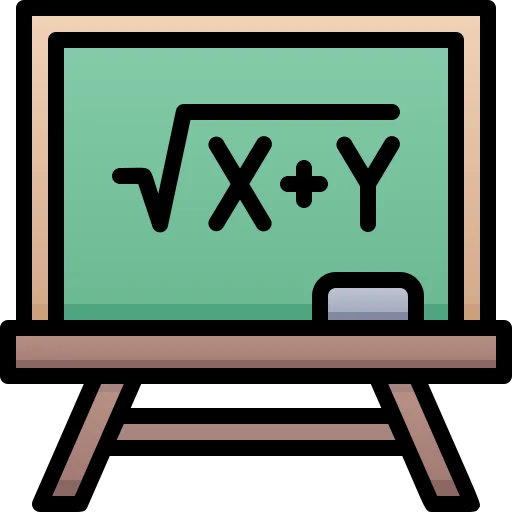0
Notifications Mark All Read
- Login
- Get Prime
Quants Menu
- HCF and LCM
- Number System
- Number Decimals & Fractions
- Surds and Indices
- Divisibility
- Ages
- LCM
- HCF
- Inverse
- Speed Time and Distance
- Work and Time
- Boats and Streams
- Pipes and Cisterns
- Averages
- Allegations and Mixtures
- Ratio and Proportions
- Simple & Compound Interest
- Simple Interest
- Compound Interest
- Percentages
- Profit & Loss
- Successive Discount 1
- Successive Discount 2
- AP GP HP
- Arithmetic Progressions
- Geometric Progressions
- Harmonic Progressions
- Probability
- Permutation & Combination
- Combination
- Circular Permutation
- Geometry
- Heights and Distances
- Perimeter Area and Volume
- Coordinate Geometry
- Venn Diagrams
- Set Theory
- Algebra
- Linear Equations
- Quadratic Equations
- Logarithms
- Clocks
- Calendars
- Clocks and Calendars
- Finding remainder of large powers
Algebra Questions and Answers
Algebra Questions
This page consists some of the Algebra Questions and Answers that will help you to level up your confidence in this topic. Algebra starts with a methodical learning of the uses along with the rules of arithmetic. The operations of multiplication, subtraction, addition as well as division functions as the foundation for all mathematical calculations.

Rules of Algebra Questions and Answers
For achieving simplification, characters of the alphabet are taken in algebra in order to signify values or digits. The alphabets like x, y, a, or b are used for a specific value (known or unknown), or else it could represent for any value at all. An alphabet or variable that signifies a random number is known as a variable. The difference, quotient, sum, and product of two digits, x and y, can be represented in the form of x + y, x – y, xy and x÷y.
Linear equations are of the form of ax + b = c, ax + by + c = 0, ax + by + cz + d = 0. Elementary algebra based on the degree of the variables, branches out into quadratic equations and polynomials. Representation of a quadratic equation in a general form is ax2 + bx + c = 0, and for a polynomial equation, it is axn + bxn-1+ cxn-2+ …..k = 0
Now let us take a look on the Algebra Questions and Answers to make the concept more clear and understandable.
Algebra Identities:
- (a+b)^{2}=a^{2}+b^{2}+2ab
- (a-b)^{2}=a^{2}+b^{2}-2ab
- a^{2}-b^{2}=(a+b)(a-b)
- a^{2}+b^{2}=(a+b)^{2}-2ab = (a-b)^{2}+2ab
- a^{3}+b^{3}=(a+b)(a^{2}-ab+b^{2})
- a^{3}-b^{3}=(a-b)(a^{2}+ab+b^{2})
- (a+b)^{3}= a^{3}+3ab(a+b)+b^{3}
- (a-b)^{3}= a^{3}-3ab(a+b)-b^{3}
Prime Course Trailer
Related Banners
Get PrepInsta Prime & get Access to all 200+ courses offered by PrepInsta in One Subscription
Also Check Out
Algebra Questions and Answers

Please login to report
Also Check Out
Get over 200+ course One Subscription
Courses like AI/ML, Cloud Computing, Ethical Hacking, C, C++, Java, Python, DSA (All Languages), Competitive Coding (All Languages), TCS, Infosys, Wipro, Amazon, DBMS, SQL and others
- Linear Equations – Questions | Formulas | How to Solve Quickly | Tricks & Shortcuts
- Quadratic Equations – Questions | Formulas | How to Solve Quickly | Tricks & Shortcuts
- Linear Equations –
Questions |
Formulas |
How to Solve Quickly |
Tricks & Shortcuts - Quadratic Equations –
Questions |
Formulas |
How to Solve Quickly |
Tricks & Shortcuts

 0
0


